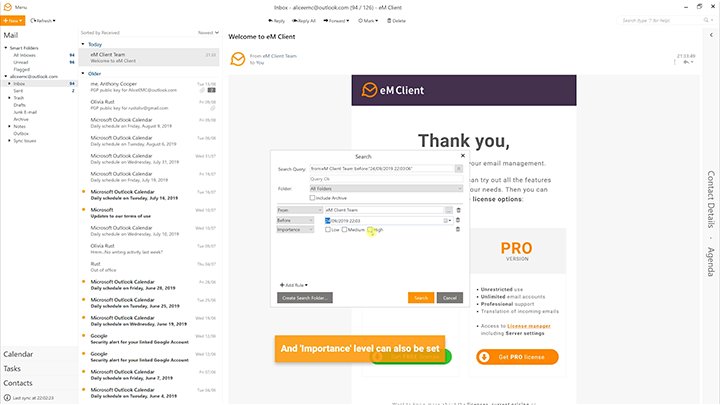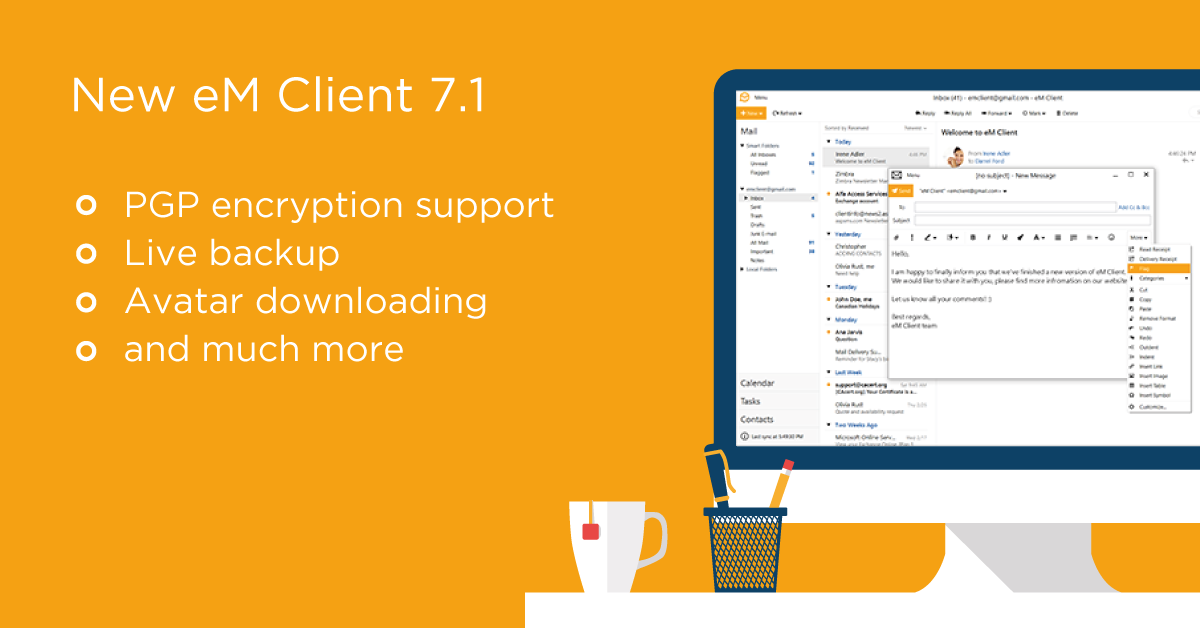

Sufficient credentials and provided information needed to use the OpenID Provider.It seems I confused the “Updating” with “Syncing only”. Likewise, this specification assumes that the Relying Party has already obtained Jay, “OpenID Connect Discovery 1.0,” November 2014. This information is normally obtained via Discovery,Īs described in OpenID Connect Discovery 1.0 ( Sakimura, N., Bradley, J., Jones, M., and E. This specification assumes that the Relying Party has already obtainedĬonfiguration information about the OpenID Provider, including itsĪuthorization Endpoint and Token Endpoint locations. OAuth 2.0 Authentication Servers implementing OpenID ConnectĪre also referred to as OpenID Providers (OPs).Īre also referred to as Relying Parties (RPs). ) Ĭalled an ID Token (see Section 2 ( ID Token )). Sakimura, “JSON Web Token (JWT),” July 2014. In a JSON Web Token (JWT) ( Jones, M., Bradley, J., and N. Information about the authentication performed is returned Use of this extension is requested by Clients by including OpenID Connect implements authentication as an extension to the Readers are expected to be familiar with these specifications. Providing information about the authentication of an End-User. Notably, without profiling OAuth 2.0, it is incapable of Mechanisms to obtain and use Access Tokens to access resources butĭo not define standard methods to provide identity information. To obtain and use limited access to HTTP resources. Specifications provide a general framework for third-party applications Hardt, “The OAuth 2.0 Authorization Framework: Bearer Token Usage,” October 2012. ) Īnd OAuth 2.0 Bearer Token Usage ( Jones, M. The OAuth 2.0 Authorization Framework ( Hardt, D., “The OAuth 2.0 Authorization Framework,” October 2012.

The OpenID Connect Core 1.0 specification defines ( Hardt, D., “The OAuth 2.0 Authorization Framework,” October 2012. Lifetimes of Access Tokens and Refresh TokensĮxample using response_type=id_token tokenĮxample using response_type=code id_tokenĮxample using response_type=code id_token token

Related Specifications and Implementer's GuidesĮavesdropping or Leaking Authorization Codes (Secondary Authenticator Capture) Redirect URI Fragment Handling Implementation Notes Mandatory to Implement Features for Relying Parties Mandatory to Implement Features for Dynamic OpenID Providers Mandatory to Implement Features for All OpenID Providers Providing Information with the "registration" Request Parameter Request Parameter Assembly and Validation Request using the "request_uri" Request ParameterĪuthorization Server Fetches Request Object Request using the "request" Request Parameter Languages and Scripts for Individual Claims Requesting Claims using the "claims" Request Parameter
EM CLIENT SUPPORT SURNAME CODE
It also describes the security and privacy considerations for using OpenID Connect.Īuthentication using the Authorization Code FlowĪuthorization Server Authenticates End-UserĪuthorization Server Obtains End-User Consent/Authorization The use of Claims to communicate information about the End-User. Obtain basic profile information about the End-User in an interoperable andĪuthentication built on top of OAuth 2.0 and On the authentication performed by an Authorization Server, as well as to It enables Clients to verify the identity of the End-User based OpenID Connect 1.0 is a simple identity layer on top of the OAuth 2.0 OpenID Connect Core 1.0 incorporating errata set 1 Abstract

Final: OpenID Connect Core 1.0 incorporating errata set 1 TOC


 0 kommentar(er)
0 kommentar(er)
